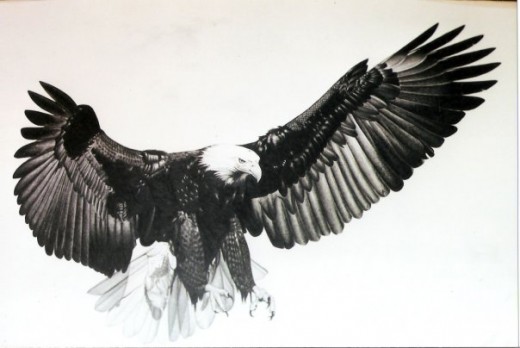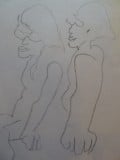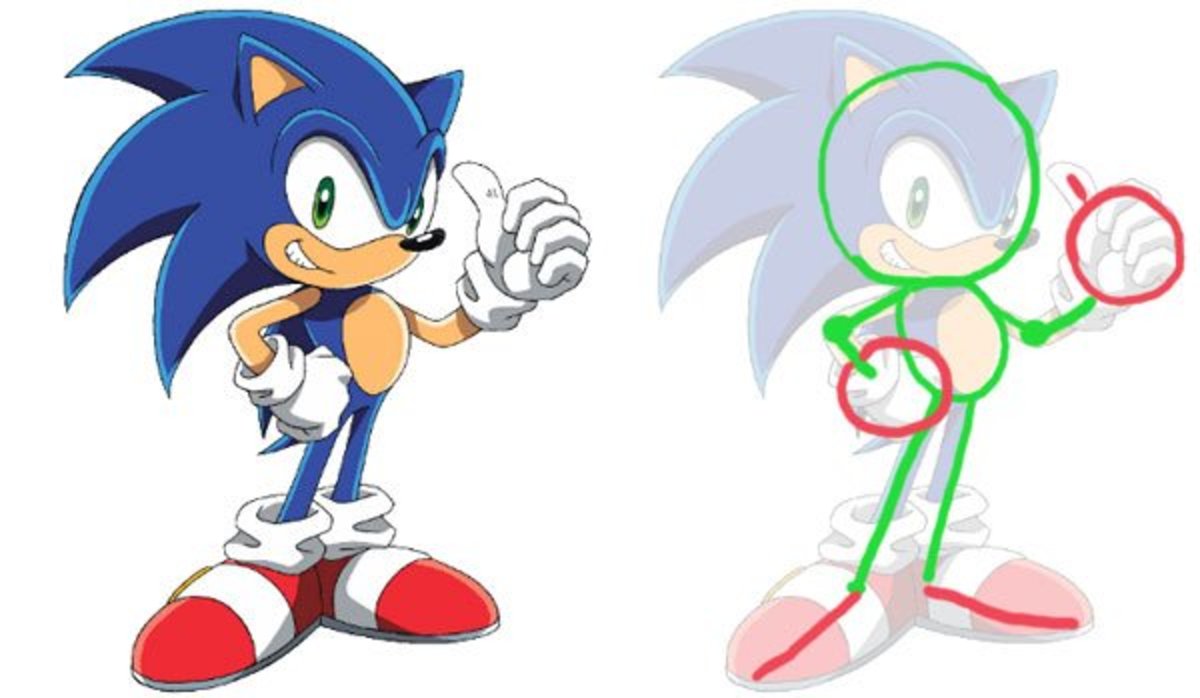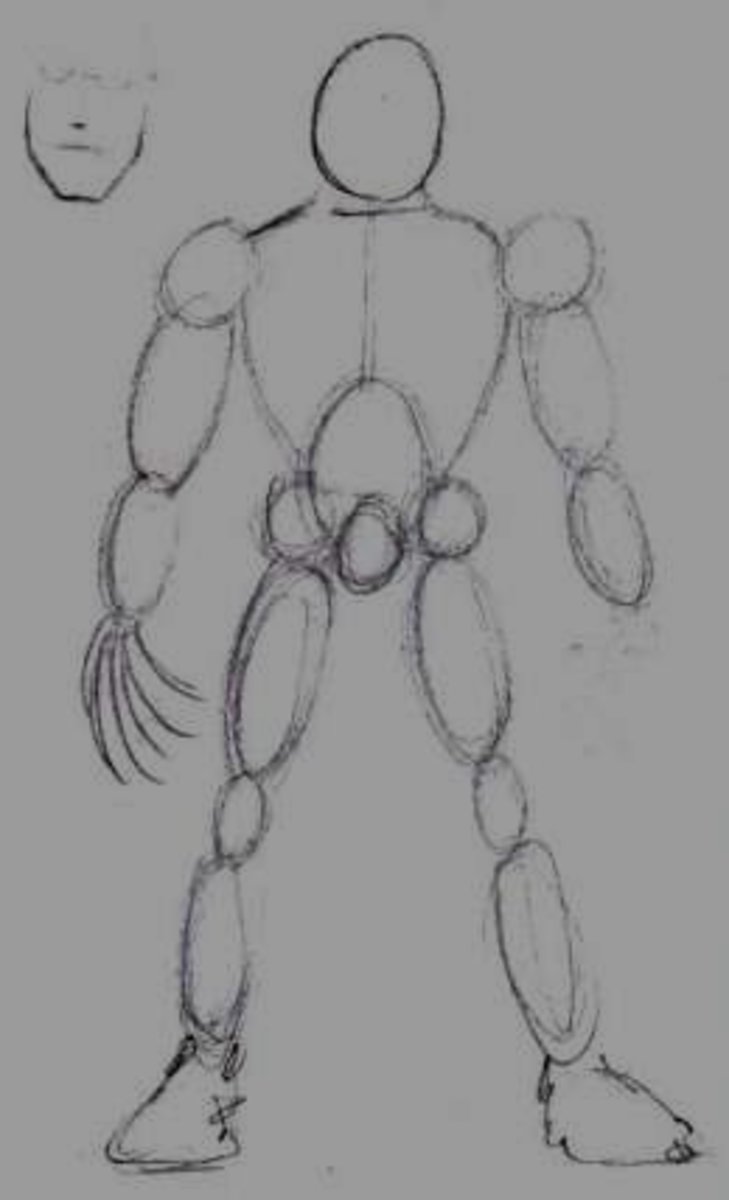A Drawing Lesson From An Amateur Artist
Detail of drawing: "Melissa"
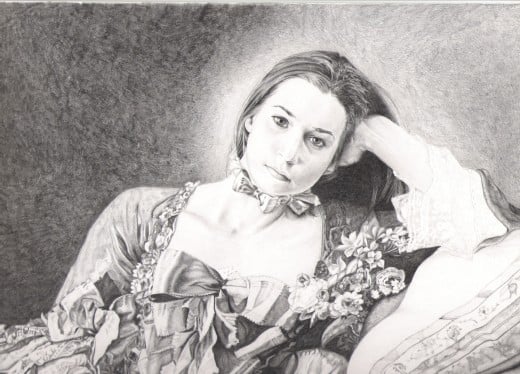
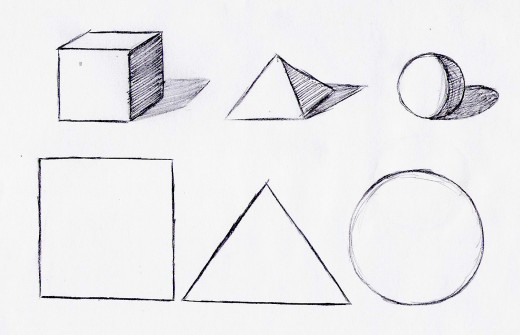
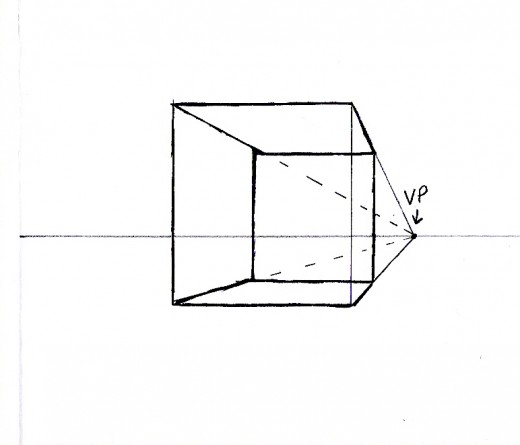
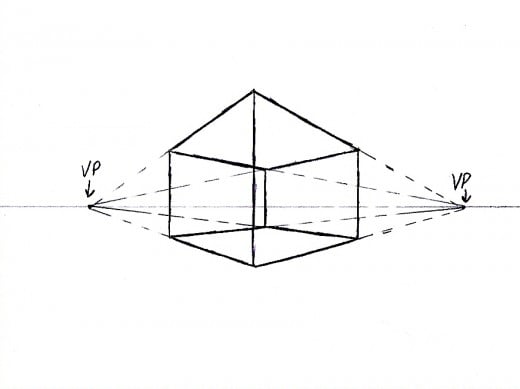
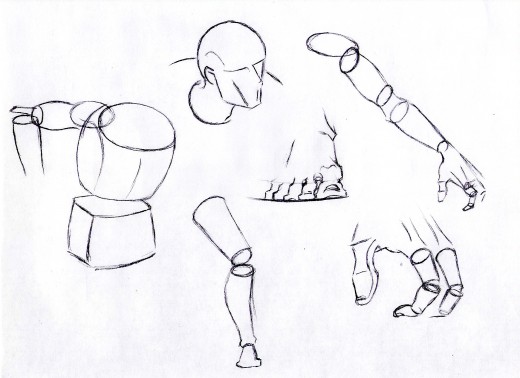
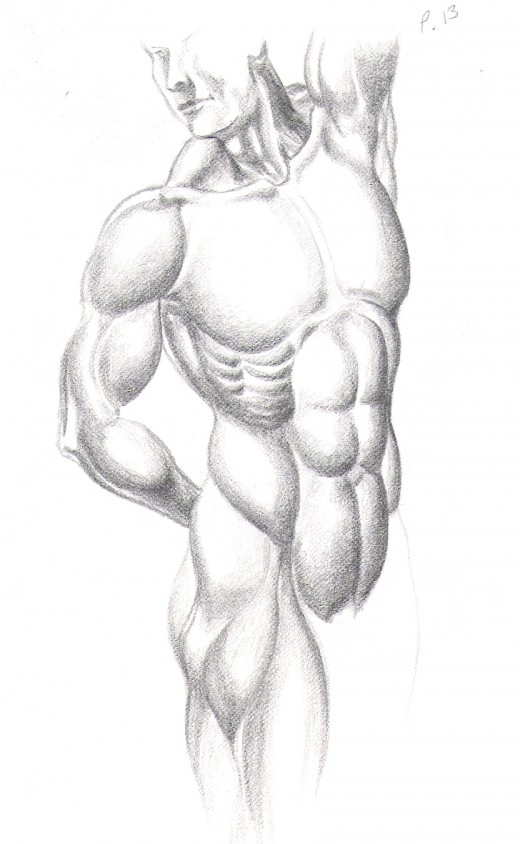
The Basics
Art instruction, particularly in the area of drawing, is pretty consistent on just about every level of education when considered from the standpoint of the beginning stages. Drawing instruction for the beginner is basically the same no matter when you start. Drawing students usually receive their first instruction in drawing with basic shapes in two dimensions. This is quickly followed by exercises in three-dimensional shapes (cubes, spheres, pyrimids, etc.) where shading and shadow techniques are introduced. This is followed by execises in drawing simple-shaped objects like cups, undetailed vases, or a ball (perhaps a childs toy) of some kind. As the exercises progress, more intricately shaped and detailed objects are introduced which may include still life. (I have heard of some instructors who separate still life drawing exercises and techniques according to their own style of teaching.) Instruction in single and multi-point perspective takes place at some point during or, perhaps, immediately after object or still life exercises, depending on the instructor. This is to give the student the ability to communicate the illusion of depth of field in a drawing
The next step is usually figure drawing. Because of the dynamic nature of the human body, various structural techniques are introduced to keep track of proportion through various bodily positions. These techniques usually range from the use of geometric shapes that resemble body parts (specially shaped cylinders and block forms for different parts of the body) to the actual shapes of the muscles and muscle groups themselves. The exercises in figure drawing are usually rather comprehensive and sometimes, depending on the instructor, somewhat rigorous. Anatomical accuracy is quite often a memory issue, even when a model or some other kind of representation of the body is used (a statue, a photo, etc.).
All of the aforementioned instructional execises and techniques, I've found, are particularly useful in pretty much any drawing situation, setting or subject. Instruction in these forms and techniques are taught (as far as I know) just about everywhere that drawing is taught, formally or otherwise. But, in all the art and drawing instruction I've heard of, seen, or received, there's always been something in particular that's been poorly or inadequately discussed, if not absent altogether. If I wasn't to some degree able to draw before I received instruction in drawing, I probably wouldn't be aware this.
- Great Literature For Instruction In Drawing - Great Literature for Drawing
Just as artists have different styles of drawing, teachers have different styles of instruction. There are a great many styles and techniques that can make drawing and learning to draw easy and time economical.
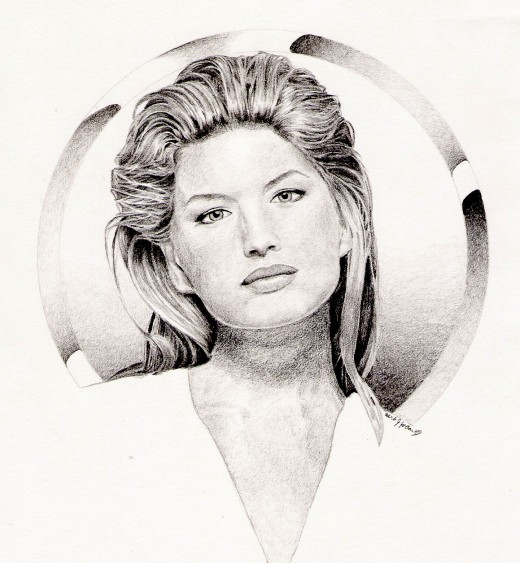
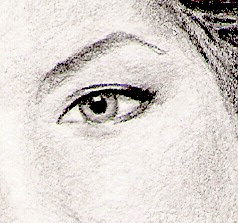
Seeing
For drawing, as with painting and sculpture, seeing is a much more involved issue than one might think. There is literature which discusses this, even on a physiological level. But, generally, it seems that this is something that should be discussed and taught more comprehensively both in and out of the classroom or studio. I say this because of my own experience in art and drawing classes and what I've heard from people I've met who enjoy drawing, but, regardless of their instruction, are unable to become as proficient as they'd wish.
I've read books, heard teachers, and seen videos and television programs on drawing and all have communicated the same or similar techniques. While all of these techniques are extremely useful, with the way I've seen and experienced instruction in them, there seems to be a limit to how much you can actually achieve. Now, please don't think that I'm leaving out the "talent" factor. I fully understand that talent undeniably plays a very big part in a person's ability to draw and draw well. But, with the understanding and instruction in certain elements of "seeing", I've seen individuals who had either given up or were about to give up actually take great steps toward their desired level of ability in drawing. A lack of talent was accepted as the reason why further advancement could not be made. Yet, with a better understanding of "seeing" they were able to make progress.
In a sense "seeing" in drawing basically amounts, potentially, at least, to a new way of thinking. After you've mastered all the structural techniques that come with the basics, there are varying levels of accuracy to be achieved that the basic techniques seem to stop short of. The best example might be seen in an element of portraiture drawing. The most widely discussed and exampled is the drawing of the eye.
On a physiological level, when you look at a human eye, your own eye isn't where your knowledge of what you're looking at comes from. Your eye has no idea what its looking at. It simply sends information to the brain on what it sees. Your brain is where the processing of that information occurs. The knowledge that it's an eye your looking at comes from your brain. Now, assuming normal vision, there's no problem in the communication of what your eye sees to your brain. The problem comes in with communication from the brain to the hand. There's a lot of information that's taken for granted. Once the information from the eye to the brain is communicated, the brain, after processing what it received from the eye, knows it's an eye that your looking at. Little or nothing else is considered.
When most people set out to draw what they see, there is often a slight "misunderstanding" of the difference between what they see and what they know. There is a vast quantity of information that the eye communicates to the brain, all of which is processed in all its detail to bring the viewer to the conclusion that what they're looking at is an eye. But when it comes to the communication between the brain and the hand, as the viewer is attempting to draw what they see, instead, what they're doing is they're drawing what they know. When this happens they get a picture of an eye, but not necessarily the eye they see.
In order to get past this there has to be a change in the communication between the brain and the hand. Like your eye, your hand doesn't know what it's trying to draw. So thinking or "knowing" that what you're drawing is an eye doesn't help your hand draw the image of what you see. If it is your goal to produce an accurate likeness of the eye you see, then you may find it necessary to forget that it's an eye that you're drawing. Your brain has to communicate to your hand in the same way your eye communicates to your brain. Your eye doesn't tell your brain that it's an eye that your looking at. It communicates shapes, color, texture, shade, highlights, and everything else that's there that tells your brain that it's an eye. So, in like manner, in order to get your hand to produce what you see, you (your brain) have to tell your hand what you "see", not what you know. Shapes, color (if your working in color), texture (patterns of light and dark that imitate texture), shade, and so on. Once you get your hand to produce these simple components in their proper size, shape, and position, you'll find yourself producing an image closer to what you see as opposed to what you know. The smaller the "components" you break what you see into, you'll find the more detailed and accurate your drawing will become. This is what bridges the gap between structural knowledge, which the basics teach you, and what you actually see in front of you.
This method of "seeing" can be applied to anything. The only thing that remains is further training and practice in handling patterns and systems of shading to imitate texture and lighting. Some of this may be a step or two beyond the basics, but they are definitely dependent on a good knowledge of them. Just as there are many things to draw that appear in many different ways, there are many different ways to draw them to render them as they appear. As I'm seeing it, the learning never stops.
